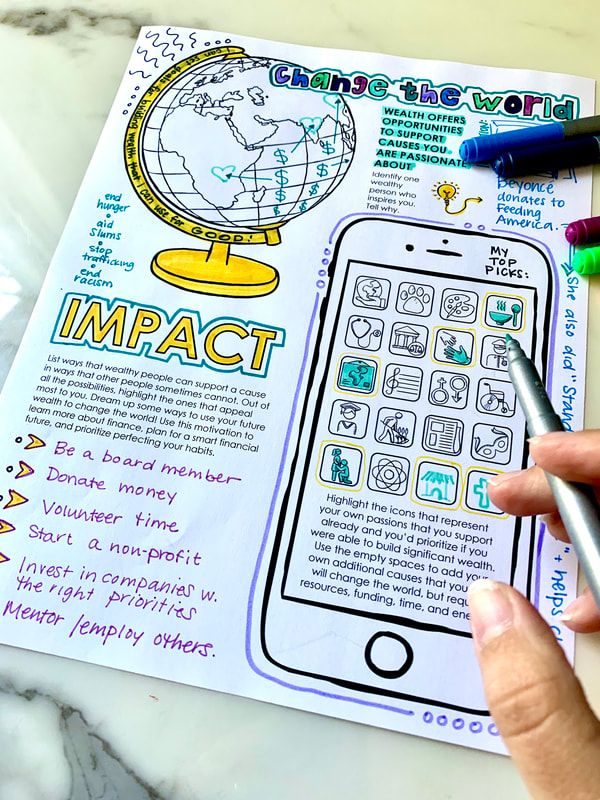What are Extinct Animals?
Extinct animals are species that have stopped breeding, died, and no longer exist. The moment the last living species dies is understood as the time of its extinction.
Here are examples of extinct animals:
- Dinosaurs
- Woolly Mammoth
- Dodo
- West African Black Rhinoceros
- Baiji White Dolphin
- Tasmanian Tiger
- Sabre-Toothed Tiger
- Irish Elk
What Causes Animals to Become Extinct?
There are four major causes of animals becoming extinct. These include:
- Habitat loss
- Lack of food
- Hunting and overconsumption
- Pollution and climate change
Facts About Extinct Animals
- More than 900 species have gone extinct over the last 500 years.
- Animals become extinct due to habitat loss, lack of food, hunting, pollution, climate change, and overconsumption.
- Dinosaurs are one of the most well-known extinct animals; it’s believed their extinction was caused by the impact of a meteor or multiple volcanic eruptions.
- The Irish elk is an extinct species of deer. However, it had the largest antlers of any deer (13 feet long!)
- The dodo went extinct in the 1680s, they were flightless birds that lived in Mauritius, and their extinction was caused by animals like cats and pigs, as foreign sailors brought them over.
- The Baiji white dolphin lived in China’s Yangtze River, which became extinct in the 2000s due to overfishing and pollution.
- The International Union for Conservation of Nature (IUCN) created the IUCN Red List of Threatened Species in 1964. This is a system that classifies animals based on their risk of extinction.
- The IUCM Red List comprises several categories, with every animal fitting into one. The categories are Least Concern, Near Threatened, Vulnerable, Endangered, Critically Endangered, Extinct in the Wild, and Extinct.
- We can learn about animals that went extinct thousands, and even millions, of years ago due to their remains being fossilized or preserved under ice caps, such as dinosaurs and the woolly mammoth.
Habitat Loss
Habitat loss is when the area in which an animal hunt, lives, and breeds become under threat and is badly damaged or destroyed, often due to human activity.
Habitat loss also occurs through natural causes, such as natural disasters, e.g., volcanic explosions, earthquakes, and meteors. A perfect example of extinct animals that suffered habitat loss was the dinosaurs.
Over 65 million years ago, they became extinct when a giant meteor hit the earth. Luckily thanks to archaeology and fossils, we’re able to learn about them, their various types, and how they lived.
Habitat loss can also occur due to human factors, such as agriculture, deforestation, and urbanization. An example is the Balinese Tiger, which became extinct due to agriculture and deforestation in Bali, a small island in Indonesia.
In contrast to other breeds of tiger, this particular subspecies was more petite, when weighing between 63- 100 kg, compared to the Bengal tiger, weighing up to 220kg. In addition, it had fewer markings and darker fur. The last Balinese tiger was reported to die in September 1937 in Bali’s western region: the Sumbar Kimia.
Hunting and Overconsumption
This is another cause of animal extinction due to human impact.
A good example is the West African black rhino which became extinct due to being hunted for its horns. As well as being valuable artifacts, rhino horns were believed to have several health benefits.
That’s why they were often ground up into a powder and used as medicine. Male black rhinos could weigh up to an impressive 1.4 tonnes: the same size as a small car! The last one was seen in 2011 in the central African country called Cameroon.
A less recent species to go extinct is the Dodo, which was seen nearly 400 years ago. They were native to Mauritius, an Indian Ocean island close to Madagascar and the East African coast. Dodos became extinct due to being hunted by Dutch sailors for meat. Unlike most birds, Dodos couldn’t fly, meaning they were easier to catch and trap.
When becoming extinct so long ago in the 1500s, the Dodo is more renowned today for being a fictional character in Alice in Wonderland. It’s tricky to think they ever existed!
Lack of Food
Lack of food is when an animal no longer has enough food to survive. Lack of food highlights the significance of food chains in the animal kingdom and how species often depend on each other for survival.
Ten thousand years ago, this cause led to the saber-toothed cat’s extinction. Despite having long Canine teeth, being excellent hunters, and weighing around 2000kg, they died out when feeding on mastodons and Woolly Mammoths, which also died out. With this food chain collapsing, saber-toothed cats had nothing to eat and could no longer survive.
Pollution and Climate Change
Our environmental impact on the earth can cause animals to go extinct. Marine life, such as fish, dolphins, and whales, is under the most significant threat of extinction. In addition, pollution and climate change are due to plastic pollution, global warming, and toxic chemicals that end up in the ocean.
One of the world’s greatest natural wonders, the Great Barrier Reef, is often mentioned in this context. Home to around 1500 different species and the most extensive reef on Earth, it has lost over half its coral cover in just three decades. This is due to global warming, causing bleaching and urban development along the Australian coast.
One final aspect of this type of extinction is in the polar regions, where animals rely on frigid climates, ice, and snow to survive. As global temperatures rise, polar bears, penguins, walruses, and the arctic fox are increasingly under threat.
Typically, polar bears travel by thick blocks of ice on the sea. This allows them to go considerable distances to find mates, food, and time on land. However, due to global warming, ice caps are melting. This forces polar bears to travel further afield, with more incredible difficulty in survival. Last year, a polar bear was even reported to reach a Russian industrial city called Norilsk. This shows how far polar bears have to go to find food and the worrying threat they are below.
Recently Extinct Animals
When we think of extinct animals, we tend to think of those that lived thousands of years ago and that we, living today, have no way to help. But, sadly, this isn’t the case.
Some animal species have become extinct over recent years, and even more, species are at risk of following in their footsteps. Animals at risk of becoming extinct are known as endangered animals and must be catered to, looked after, and given the best chance of survival. Now, numerous animals fall into this category. Some of these include:
- Javan rhinoceros;
- Asian elephant;
- Red tuna;
- Vaquita porpoise;
- Mountain gorilla;
- Irrawaddy river dolphin;
- Sumatran orangutan;
- Baulan turtle;
- Magellanic penguin;
- Jaguar.
While these animals are low in numbers, some live in the wild and captivity. This means there’s a chance for them to bounce back and grow in numbers until they’re no longer on the endangered list. For this to happen, they need protection from humans, secure access to food and water, and protection from habitat loss.
How Many Animals Have Become Extinct?
Unfortunately, for some animals, it’s too late. In the last 100 years alone, up to 500 species of animal have become extinct.
- The Baiji dolphin was declared extinct in 2007. This dolphin was native to China and is presumed extinct because the last documented sighting of one was in 2002.
- The Tasmanian tiger (or the thylacine) was declared extinct in 1986. It was a dog-like marsupial with stripes, similar to a tiger’s.
- The Pinta tortoise was a species of Galapagos tortoise native to Ecuador’s Pinta Island. They were presumed extinct at the end of the 19th century until a single male was found in 1971. He was nicknamed Lonesome George and died in 2012, aged 101-2 years old, leaving the species extinct.
- The Caribbean monk seal is the only species of seal that was made extinct by humans. It was declared extinct in 2008.
- The Caspian tiger, native to eastern Turkey, northern Iran, northern Afghanistan, and western China, became extinct in the 1970s because of hunting, habitat loss, and lack of food.
- The Formosan clouded leopard was declared extinct in 2013 because of habitat destruction and hunting.
- The Pyrenean ibex (also known as a wild goat) was declared extinct in 2000. However, in 2003, the frozen skin of the animal was used to create a clone!
- The Toolache wallaby (or Grey’s wallaby) was native to southeastern South Australia and southwestern Victoria. Unfortunately, its habitat, swamps, were cleared out along with vegetation, which led to them becoming extinct.
- The Bramble Cay melomys (or Bramble Cay mosaic-tailed rat) went extinct as recently as 2016. It lived on the isolated Bramble Cay (a low bank or reef of coral) at the tip of the Great Barrier Reef.
- The Japanese sea lion is thought to have been extinct since the 1970s. It lived in the Sea of Japan and was hunted in the 1900s until extinction.









